Lavender Pests and Diseases: [Detection, Causes and Solutions]
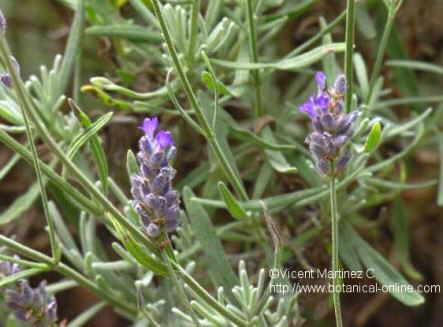
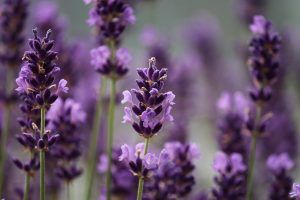 Lavender is one of the most useful plants in the garden because , in addition to providing an exquisite aroma, it has very beneficial properties.
Lavender is one of the most useful plants in the garden because , in addition to providing an exquisite aroma, it has very beneficial properties.
It has the property of adapting without problems to almost any terrain and climatic condition, which allows it to be seen frequently in fields.
Being a rather rustic plant, its ability to deal with pests and diseases is a point in our favor.However, to ensure that it is always in perfect condition, it is better to treat it as it deserves and here we will tell you what you could face.
larvae of gall midges
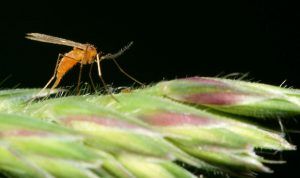 Larvae of gall midges frequently attack lavender crops, especially in the hot periods of late spring and summer.
Larvae of gall midges frequently attack lavender crops, especially in the hot periods of late spring and summer.
It is a plague that in its adulthood is similar to a mosquito, winged and therefore flutters through the air.
However, in their larval phase (which is harmful to plants), they hide in the buds, causing severe damage to the stems, and can end their lives.Being very small in size and easy to hide, the attack on the larvae will be directed at the adults to prevent the proliferation of eggs.
In some cases, the use of traps can be beneficial to control population numbers.
root rot
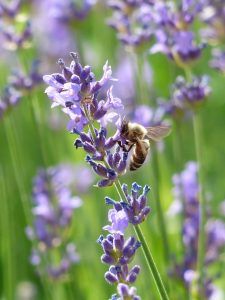 Root rot is caused by a wide variety of fungi and, as the name implies, what they generate is rot in the lavender roots.
Root rot is caused by a wide variety of fungi and, as the name implies, what they generate is rot in the lavender roots.
This rot will clearly affect the plant because they absorb their nutrients from the roots.
For this reason, changes in the structure will begin to be noticed, such as leaves that stop being green to turn yellow.
On the other hand, the growth of the plant does not correspond to the time according to the date it was planted because it becomes deficient.
Root rot occurs most often when lavender is planted in poorly drained soil, where water is often stagnant.It is for this reason that although it is adaptable around the general structure, it is important to ensure that the water runs well .
To further ensure that rot does not affect the roots, it is a good plan to disinfect the land where the planting will be done .This is because after it attacks it is quite complex to eliminate it.
lavender caterpillars
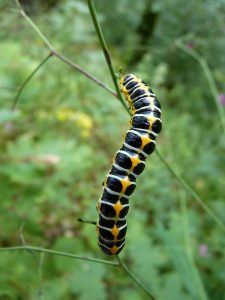 It is a species of pest that has a very clear preference towards lavender crops.
It is a species of pest that has a very clear preference towards lavender crops.
Its color is green, but it has the property that the head is denoted with a much darker color and can be seen if the attention is paid to the plant.
The main food source is the leaves, leaving evident bites after passing through the affected areas.The treatment must be carried out based on natural products with insecticidal effects, such as garlic extract.
When the infestation is not very numerous, it will also be possible to remove some caterpillars using tweezers or holding them with gloved hands.
viral diseases
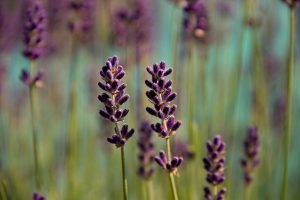 Diseases caused by viruses are not very frequent in lavender, but when they attack they can cause the entire crop to be lost .
Diseases caused by viruses are not very frequent in lavender, but when they attack they can cause the entire crop to be lost .
Viruses have the property of being transmitted due to the action carried out on the plant by some pests. That is, there are pests that are carriers .
For this reason, it is much more important to keep them at bay, since this allows to avoid contagions that can mortally harm the plants.In addition, viruses also often enter through wounds that have been generated in the plants due to pruning, hence the use of disinfected tools is key.
cottony mealybug
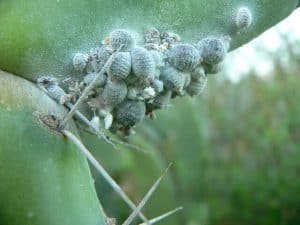 It is one of the easiest pests to identify in crops because the white color of its body makes a perfect contrast with the green of the plants .
It is one of the easiest pests to identify in crops because the white color of its body makes a perfect contrast with the green of the plants .
It owes its name to the fact that it is formed by a shell that is covered with a kind of soft-looking fluff, similar to cotton.
Although its main focal point is fruit-type plants, ornamental and aromatic plants do not escape its attack possibilities.
They feed on the sap of plants , which they extract by means of suction, causing small wounds, especially on the leaves.It is important to note that the problem does not end there, but the cochineal also produces a molasses that attracts ants and can serve to settle certain fungi.
All this leads to the clear conclusion that its action is very detrimental to crops.To try to prevent them from reaching the plants, there are remedies that usually give very good results, such as mixing potassium soap with water .It will also be possible to apply preventive treatments with neem oil.
melighetes beetle
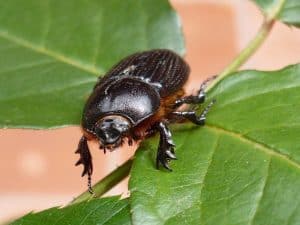 It is a plague that is not seen very often in lavender plants but whose action is focused on their reproductive organs.
It is a plague that is not seen very often in lavender plants but whose action is focused on their reproductive organs.
This means that after its appearance, the pollination process can be seriously affected , preventing plants from reproducing naturally.
Although it does not kill crops, as it may happen with other types of pests, it cannot be neglected.The beetles are very difficult to see because they barely measure about 2 mm, which makes detecting them a complex task.
Therefore, the best action we can take against it is prevention, which will be given by periodically washing the plant with soap and water .Vinegar is also a good repellant for beetles, but its use is advised when there are signs that they are appearing.
Caring for a lavender plant is a gift from nature because it is not demanding and fills any environment with joy and a good aroma, which is why it is one of the favorite plants of spring.
Lavender with yellow stem and leaves
- Symptoms. Slow growing, few flowers, foliage may turn yellow.
- Causes. Soil with high nitrogen content. Fertilizer use.
Lavenders naturally prefer low to medium fertility soils. In their native environment, lavenders grow in sandy or gravelly soils. Lavenders are especially adapted to these seemingly harsh conditions.
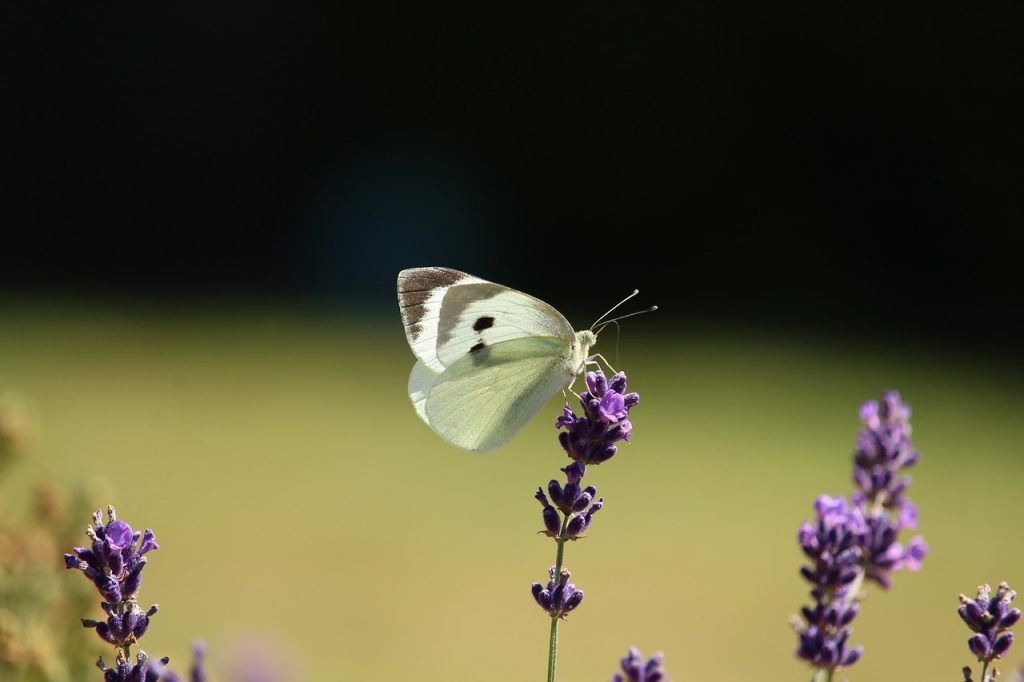
If lavenders are planted in soil with a high organic content or a lot of nutrients, they will grow with long stems and produce fewer flowers, which is contrary to our objective, right?
Lavenders do not need to be fed, and adding fertilizer will turn lavender foliage from green to yellow. Yellow leaves are a sign that there is too much nitrogen in the soil and the plant will be more susceptible to disease.
How to revive lavender with yellow foliage
If you are adding fertilizer to the lavender, you should stop immediately.
Remove lavenders from nutrient-rich soils and transplant them into a pot or amend the garden soil with sand or gravel and plant elsewhere in the garden.
Prune lavender growth in early spring or late fall, but cut back only the top third of the pliable growth. Don’t cut back the woody base, as it doesn’t rejuvenate easily.
Follow best practices for lavender care and be patient as it may take time to fully revive.
It is important to incorporate into the soil with sand or gravel, as this will balance the fertility of the soil and recreate the low to medium fertility that lavenders require.
Sand or gravel does not add many nutrients to the soil and does not hold them to a great extent.
By volume, there should be about 30% sand or gravel and 70% compost when planting lavender in pots or on amended garden boards.
It sounds counterintuitive, but lavenders flourish best in low to medium fertility soils.
Once lavender has established itself in its new home, it may take a season and some good pruning for it to fully re-emerge from its rheumy growth and yellow foliage.
cuckoo spit
Cuckoo spit is more of a nasty annoyance than a real threat, though the first meal of the green bug growing inside the nasty scum will be the sap from your lavender plant.
Fortunately, the solution is simple and chemical-free: just spray it with water!
White fly
Whiteflies are occasionally attracted to lavender, but it is rare for the plants to become truly infested—and fatally so. If the whitefly population is allowed to multiply, growth will be less vigorous and leaves will turn yellow.
The solution is vigilance and removal by hand, as there are no effective pesticides. A spray of water will dislodge adult whiteflies.
Lavender is often thought to deter both green and whiteflies, helping to reduce their numbers in the immediate vicinity. Although this may be true, there is no reliable scientific research to support this theory.
aphids
Aphids can take up residence on lavender, but they rarely inflict the damage they can on other plants. The even rarer – but much more serious – threat posed by aphids is the Alpha mosaic virus…
Alpha mosaic virus
Alpha mosaic virus is exceptionally infectious and is spread by both aphids and human contact. It is also deadly. Watch out for leaves that develop yellow spots and then twist.
Any infected plant should be dug up immediately and carefully: wear gloves, do not let your clothes touch it, and wrap the plant in newspaper, an unwanted towel, or a plastic garbage bag before handing it over.
Next, you have to burn it (and everything that has been in contact with it): don’t compost it. If you can’t build a fire, bag it safely and dispose of it with non-recyclable trash.
Shab (Phomopsis lavandulae)
Shab is a fungal infection that kills the branches of lavender plants.
Signs to watch for are shoots suddenly wilting when there is no drought and stems turning brown before developing black spots.
Infected plants should be carefully dug up and burned as above.
Despite these two horror stories (and we must stress that they are really rare), the truth is that the main threat to lavender is the inattentive or careless gardener: more lavenders die from being planted in full shade or in soil with poor drainage than because of predatory bugs or a virulent virus.
So make sure you take good care of your lavender to keep it looking bright and beautiful.
Fungal disease causing lavender to turn gray
The fungal disease botrytis spp is the most common cause of lavender leaves turning gray and this usually occurs on the foliage near the base of the plant.
Lavenders of all species are native to the dry, windy coastal conditions of the Mediterranean in Europe, where they are accustomed to well-drained, sandy soils with a low to medium nutrient level.
It is in these conditions that lavender grows best and remains disease-free. So to grow lavender successfully, gardeners should try to recreate these soil conditions to avoid fungal diseases that turn lavender gray.
Reasons why you usually need to revive a lavender
- Reasons for reviving lavender are usually root rot, stem growth with yellow foliage, or woody lavender that has not been pruned.
- To revive lavender with root rot, cut off the diseased root and plant the lavender in cool, well-drained soil and reduce watering.
- Slow growth is often the result of lavender being planted in soil with too many nutrients or fertilizers added (lavender prefers low to medium fertility soil).
- Transplant lavender into soil that reproduces the low to medium fertility of lavender’s native Mediterranean sandy soils. Lavender should revive the following growing season.
- Lavender should be pruned once a year in the spring or fall to prevent it from becoming woody. Prune the top third of the lavender’s pliable growth, but do not prune the woody growth.
- Lavender that has become too woody can be propagated from cuttings for more plants or may need to be replaced.
- Choose the right lavender for your climate. English lavender is cold hardy, while French lavender dies in cold winters.
Translation done with the free version of the translator www.DeepL.com/Translator

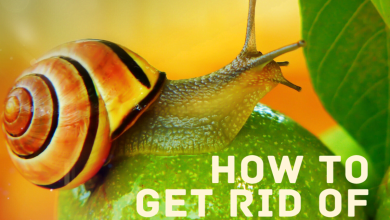
![Photo of Planting Avocados: [Forms, Transplantation, Irrigation, Soil and Diseases]](https://www.complete-gardening.com/wp-content/uploads/2022/08/planting-avocados-forms-transplantation-irrigation-soil-and-diseases-390x220.jpg)
![Photo of Kiri cuttings: [Grafts, Time, Rooting and Planting]](https://www.complete-gardening.com/wp-content/uploads/2022/08/kiri-cuttings-grafts-time-rooting-and-planting-390x220.png)
![Photo of Jasminum officinale: [Cultivation, Care, Pests and Diseases]](https://www.complete-gardening.com/wp-content/uploads/2021/06/Jasminum-officinale-390x220.jpg)